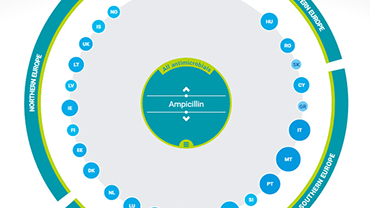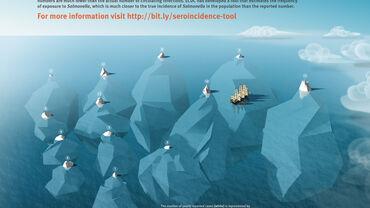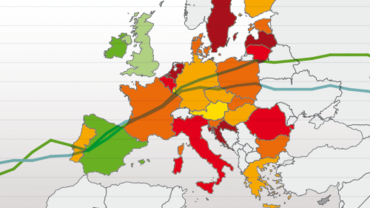Food- and waterborne diseases and zoonoses
Most cases of foodborne illnesses in people are caused by bacteria such as Campylobacter, Salmonella, Yersinia, E. coli, and Listeria. The most common way to get these illnesses is by consuming contaminated food or drinking water.
Latest outputs
Read more
Disease page
One Health
One Health is a multi-sectoral approach that aims to balance and optimise the health of people, animals, plants, and their shared environment, recognising their interconnection.








